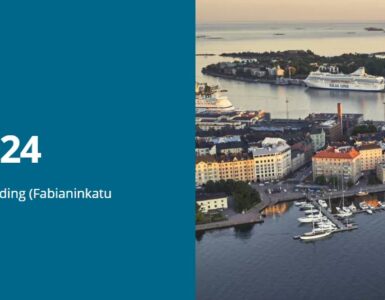In December 2019, the Council of Europe published a draft version of the study Supporting Quality Journalism through Media and Information Literacy which was designed to provide context for and evidence to the Committee of experts on quality journalism in the digital age (MSI-JOQ), Member States and other relevant stakeholders on media literacy activities in Europe supporting quality journalism.
The study was based on a matrix of Media and Information Literacy (MIL) skills and knowledge identified as necessary to recognise and value quality journalism, and by extension foster an environment favourable to quality journalism in the digital age. Prepared by myself and Dr. Markus Oermann, the study is not intended to provide a comprehensive matrix of all MIL projects and activities taking place in Europe, but rather a snapshot of media literacy related projects that might help to promote quality journalism.
Across the 68 projects or initiatives examined, almost 9 out of 10 respondents reported that “understanding how content is created and edited” and “being able to distinguish between different types of content such as fact, opinion and advertisements” were skills promoted through their MIL activities.
However, it was notable that the least frequently promoted MIL skills – such as understanding of how social and search services operate, and how media is funded, regulated and distributed – are the same skills that could be considered to be fundamental in terms of promoting quality journalism in the digital age.
In relation to the groups of people targeted by these projects, the data showed that, while teachers and students are being well-served, the group of people least likely to be familiar with how the economics of the internet and how the online infrastructure operates (over 65s) are being significantly under-served by these projects.
The study also identified five models of MIL practices that may help to promote quality journalism and a number of prototypical ‘promising practices’ for each model which could offer useful starting points for adaptation or further development of MIL initiatives, programmes and projects.
The study highlighted the need for more collaboration between stakeholders and highlights the need for all stakeholders to recognise their own roles and responsibilities in relation to MIL and the need for them to be prepared to lead on, participate in, and fund MIL projects on a long-term basis.
The study also considered that given the changing media environment as well as asymmetries of economic power and political interests, there is a critical need for users to better understand the operation and regulation (or not) of the online infrastructure and economy, and how technology can influence choice in relation to media. Development of this knowledge should be prioritised and the development of these skills and knowledge built by design into MIL programmes and activities.
Future MIL programmes to promote and protect quality journalism should also include empathy-based understanding of people’s assessment and decision-making processes when dealing with digital media – including awareness of irrationalities, biases, inaccuracies and falsehoods.
The study noted that the key learning objectives of many MIL projects and programmes are the same irrespective of the target group. Stakeholders should therefore consider how existing MIL models, campaigns and resources addressing universal topics might be adapted for use in other areas or for other target groups – with due respect given to national and cultural differences. Given the obligation placed on most public service media (PSM) to reach all parts of society, PSM could form part of a dissemination network for the general public and in particular for older people, potentially in partnership with others such as libraries and civil society organisations.
The benefit of a common framework for evaluation that will facilitate the comparison of project outputs and outcomes was also noted in the study. This would enable the identification of successful projects or project elements with the potential for replication and scaling-up at national or international levels. It sounds simple – but given the different approaches to delivering MIL it is more challenging in practice. So there is a strong case for carrying out further research on how to measure and compare the outcomes of MIL projects and initiatives.
I will be discussing these themes during my speech at the media literacy conference jointly organised by the Croatian Presidency and the European Commission to mark European Media Literacy Week 2020.

Author
Martina Chapman,
Mercury Insights














